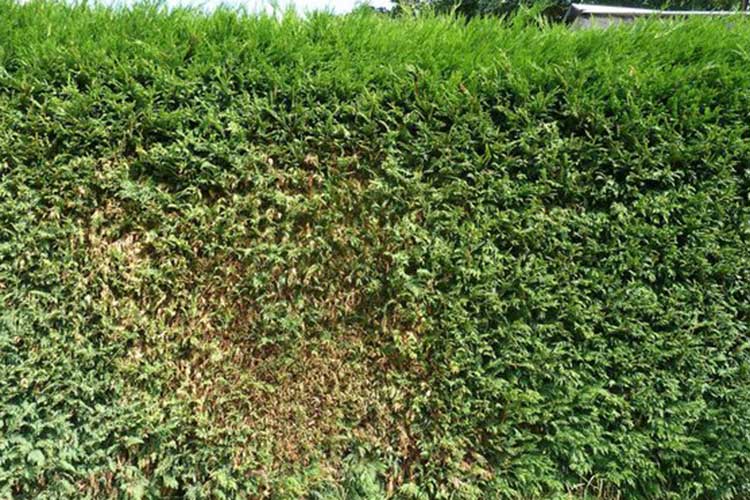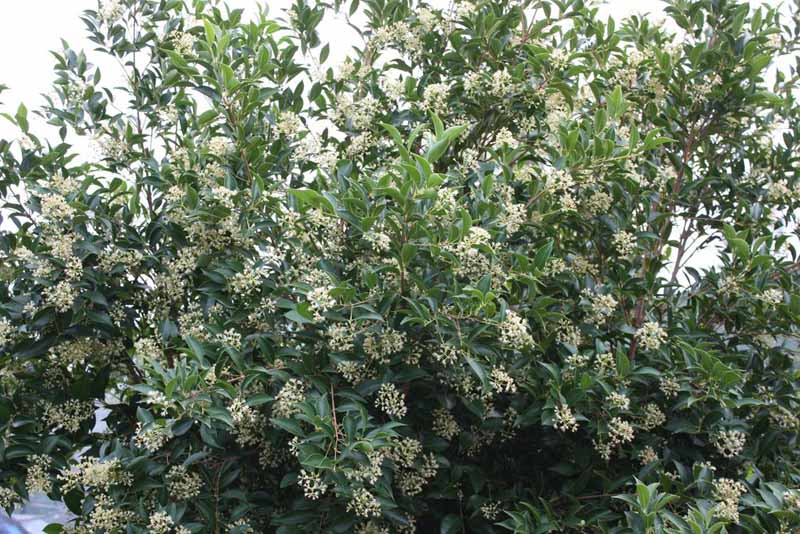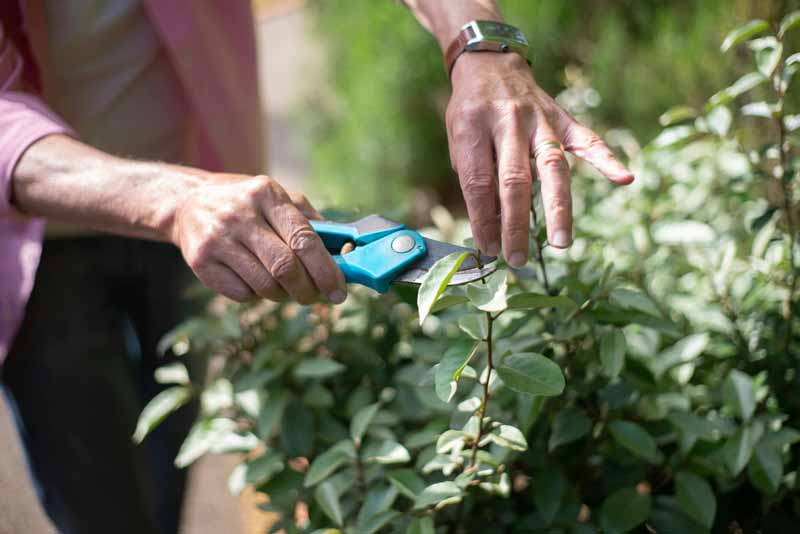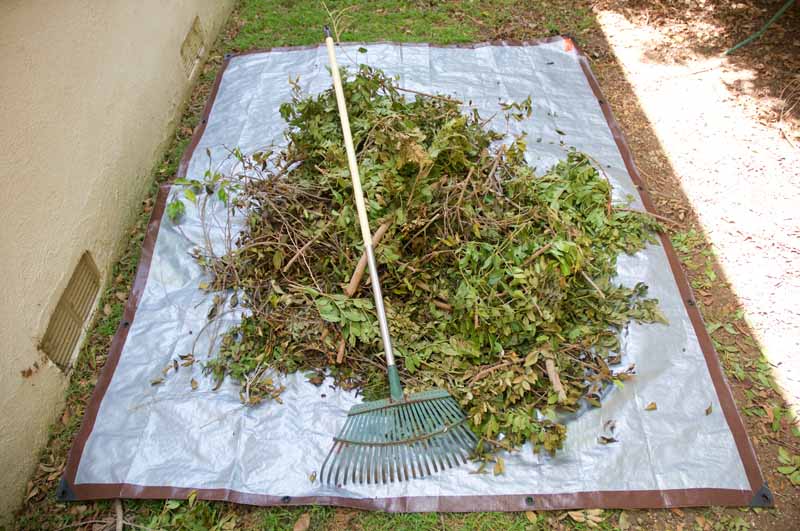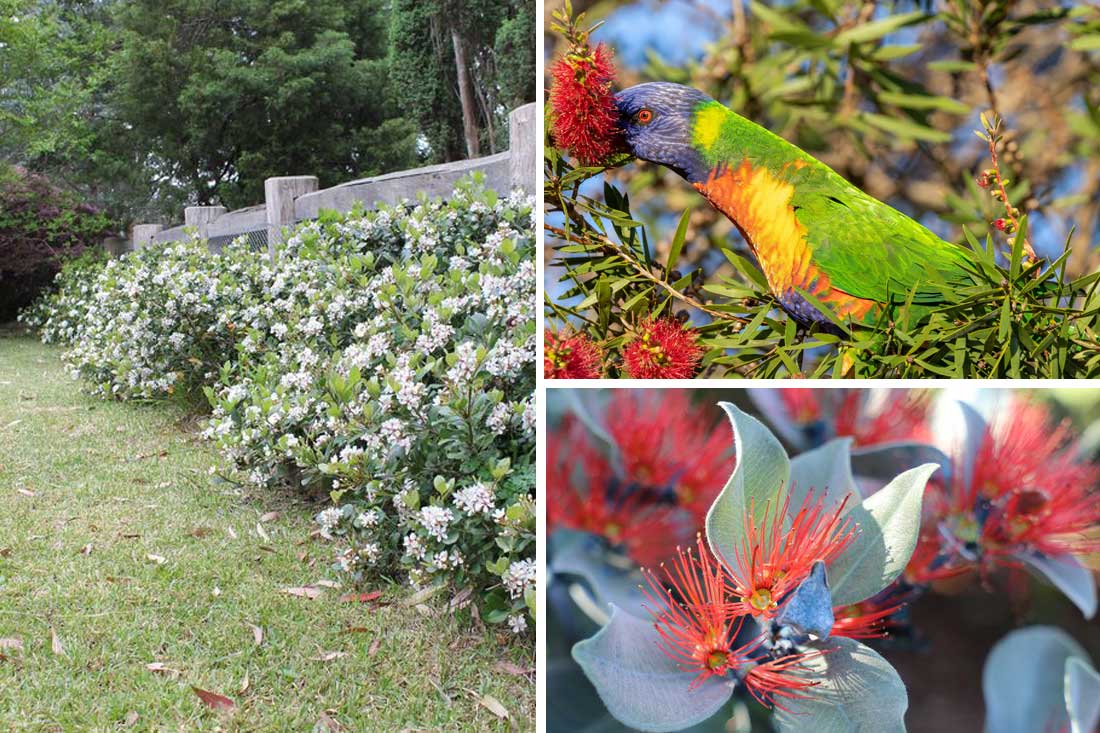Hedges are usually considered long lived garden features. A lot of work usually goes into growing and shaping a hedge and therefore once we have it just right we tend to want it to stay that way for as long as possible. For this reason many hedge plants, whilst fast growing are also long lived and should provide beautiful hedges for many decades. Over the life of a hedge there may be times where it does not receive the care and attention it needs and it can become overgrown or unhealthy. Most hedges can be restored to good health and be returned to shape with a bit of care.
A hedge that is very old may be reaching the end of its life span and be better off being replaced with young plants that have a long life still ahead of them. It can be hard to know if this is the case, especially if you do not have the history and age of the hedge available to you. If there is a significant amount of old dead wood within the hedge this can be a sign of age. It can also be a sign of plant stress or poor pruning so the hedge may still be able to be restored.
In general, most hedges can occasionally be cut back very hard, fed and watered, and will come back with fresh new growth. When this is required ensure you cut the hedge back to at least 20cm below your final desired hedge height, and at the same time remove any dead wood from within the hedge. This allows for you to only have to cut back into new wood each time you prune the hedge. If there is significant dead wood to remove, selective pruning can result in holes in the hedge. In this case you will have to prune the entire hedge to below the level of these holes. This will allow new growth to fill the gaps and although your hedge may now be very short, new growth can be rapid as it has a mature root system. A hedge which has been pruned hard should be fertilised and watered deeply to give the plant the nutrients and water to support vigorous new growth – particularly as it now has few leaves with which to photosynthesise and produce its own energy. Without this extra care, a hedge may struggle to recover from a very hard prune.
A chain saw may be needed for such a hard prune as you will be cutting into old wood which may be too thick or hard for a hedge trimmer to handle.
A plant which is old and unwell may not respond to this treatment, in which case it is time to replace the hedge, as no amount of care would restore this hedge to its former glory.
Plants which dislike pruning into their old wood (such as rosemary and lavender) are not suitable for such harsh treatment and if this is required to restore the hedge to a desired size and shape, you will be better off replacing the hedge.
Hedges that have become trees will also need to be given some consideration before pruning them too hard. Trees will reshoot from the level they are cut, and will not regrow lower branches. This is great for creating lollipop standards or pollarding, but it will not restore the trees to a hedge. These new shoots tend to remain weaker than the original branches of the tree, and can make the tree top heavy. This means more regular maintenance will be needed to keep them trimmed to shape as if they are allowed to keep growing they will be at risk of weak branches falling and causing damage.
It is possible to cut some small hedging trees back to almost ground level and allow them to reshoot – murrayas, durantas, most lilly pillies and callistemons will all do this, however you will need to keep them as small hedges as they will put on fast but soft new growth which can take years to be strong enough to safely support a large hedge. This abundance of soft new growth can be very attractive to pests – sap sucking insects or leaf eaters including possums. A hedge which has a large amount of new growth and little older growth should be checked regularly for damage and treated as necessary.
Do not over fertilise or over water a hedge that you have pruned hard. It will need a good feed and water but overdoing it will only result in fast but weak new growth which does not harden to form a strong hedge shape. Fertilise according to the directions on the product you are using and one deep watering which penetrates sufficiently to ensure there is good moisture (but not waterlogged) to at least 20cm deep will be sufficient. In very dry conditions this watering may need to be repeated fortnightly until the hedge is returned to health and new growth has hardened off. New growth has hardened off when the soft young stems have started to become very slightly woody and changed colour from the fresh new growth at the tip of the stem. Plants with coloured new foliage such as many lilly pillies, callistemons, murrayas and photinias will be hardened off when the new leaves change to their mature dark green colour. These leaves are thicker and will withstand pest attack and drying out better than will soft new growth.
If in addition to being out of shape, your hedge is not looking healthy you will need to refer to possible pests and diseases of hedges in case there are other problems which need addressing. Sometimes a hard prune will be sufficient to remove diseased branches and can aid in recovery of an unhealthy hedge.
Restoration of an old hedge should be done with consideration of future care of the hedge, as it is not recommended that the hedge be left to become overgrown again or to rely on irregular heavy pruning to care for a hedge.
*Article published by Kate Wall

